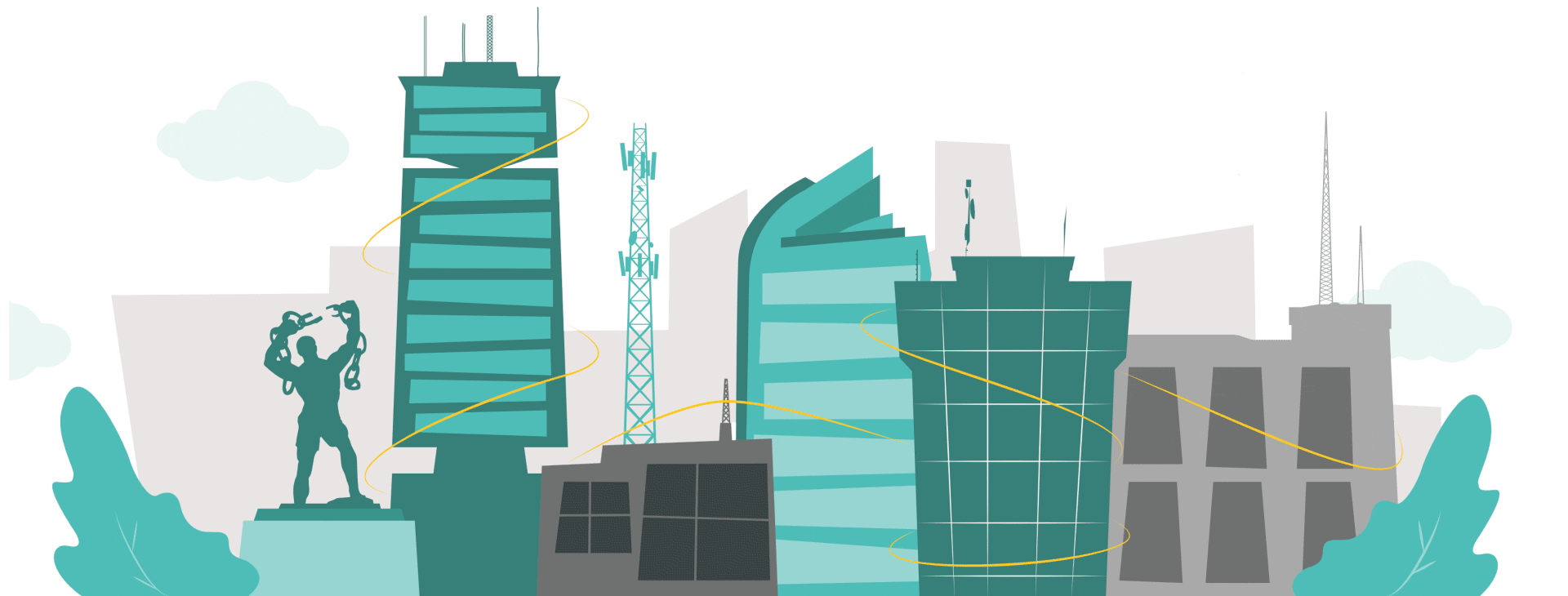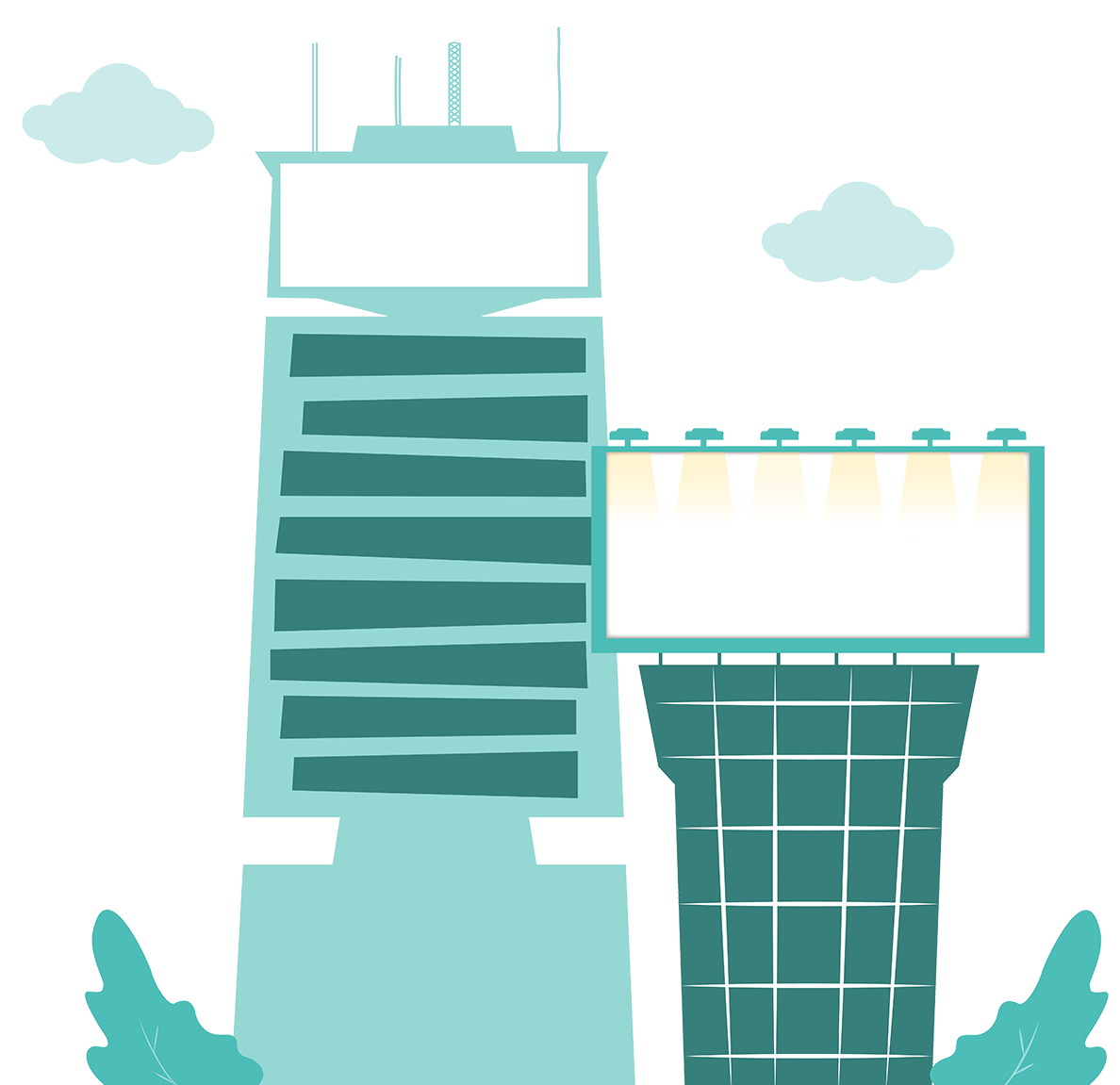Our Belief
We don’t believe in magic.
Yes it exists,
but shouldn’t leave you scratching your head,
wondering what just happened.
Magic happens when you get chemistry right.
When you combine brave clients
with fearless thinkers.
When you infuse the human truth you find in the streets
with world-class storytelling.
It’s what you experience when you discover a different world
every day through putting a new lens
on the same old world everyone else sees.
Magic happens when you mix best basics with talent.
When you notice the details, stick to your word,
take responsibility, and surround yourself with people
who are on the same mission as you.
We don’t wonder how magic happens; we know.
It’s carefully created
and hard earned every day.
Adlab. Creative Chemistry
Our Services
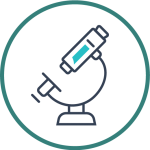
CONCEPT
Every story we tell begins with discovery, research and positioning to achieve results. The process of combining experience, art, local insight and curiosity means we are always searching, always exploring new, innovative ways to make brands stand out from the crowd. Every story we tell must not only look beautiful; it must work beautifully too.
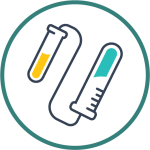
PRODUCTION
We do not only speak the language of art, concept and design, but also craft in execution. Every piece of communication we produce, be it for Television, Radio, Digital or Print is meticulously researched, planned and executed to deliver a high-quality finished product that is cost effective and impactful.

MEDIA
Creativity doesn’t end with conceptual thinking and powerful execution; it flows through our media department who invest marketing budgets in the right places to drive results for our clients’ brands. We are a tried and tested partner in assuring optimal results and accountability, reaching the right audience, with the right message at the right time.

DIGITAL
We believe brands deserves more than a generic Facebook post. Our team specializes in developing compelling digital strategy that informs copywriting, content creation and is measured though social media analytics. Our comprehensive digital expertise helps our clients navigate the fast-changing demands of the industry.

ACTIVATIONS
We reel people in with living moments that stimulate all the senses. To achieve this, we execute trade and road shows; catalogues and sampling; retail and store activations that enhance the image of brands on the ground and give consumers a taste of what a product really has to offer.
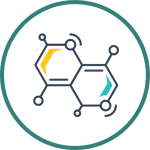
EVENTS
We create transformational brand experiences through events we plan for our clients. We are here to support next generation leaders in managing great projects that have real impact in the market. We aim to turn average into extraordinary at every conference, exhibition, launch, brand refresh and product reveal we manage.
Our Team
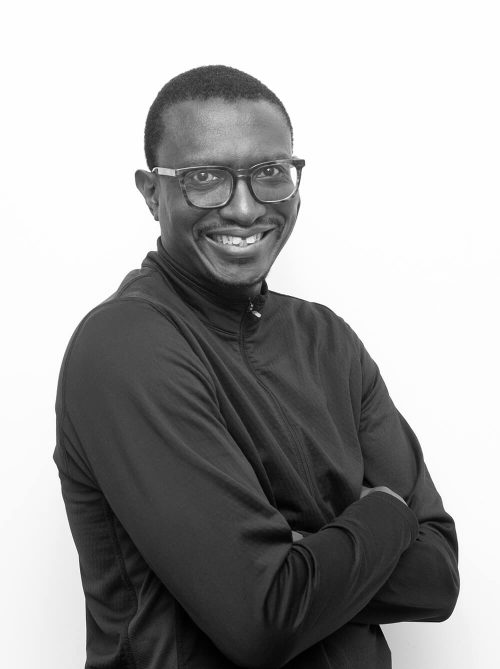
TINASHE MOTSI
MANAGING DIRECTOR
JOANNA HICKEY-DAMALIS
EXECUTIVE BUSINESS DIRECTOR
NCHIMUNYA LUHILA
SENIOR CLIENT SERVICE EXECUTIVE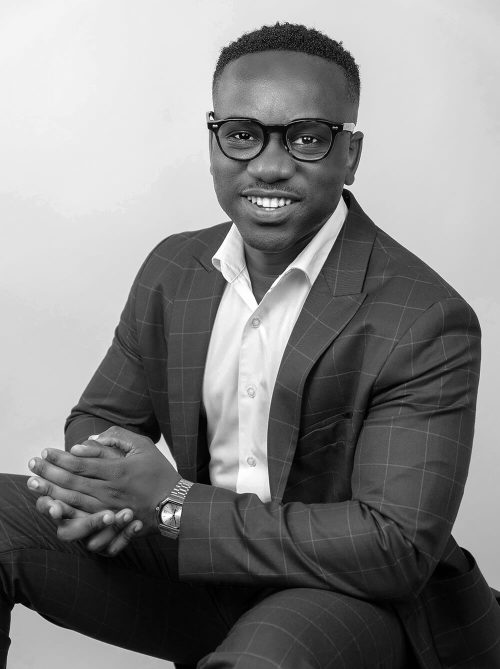
PHATISWAYO CHABWERA
SENIOR CLIENT SERVICE MANAGER
MWAYI NGONDO
SENIOR CLIENT SERVICE EXECUTIVE
VUKANI HLAZO
SENIOR CLIENT SERVICE EXECUTIVE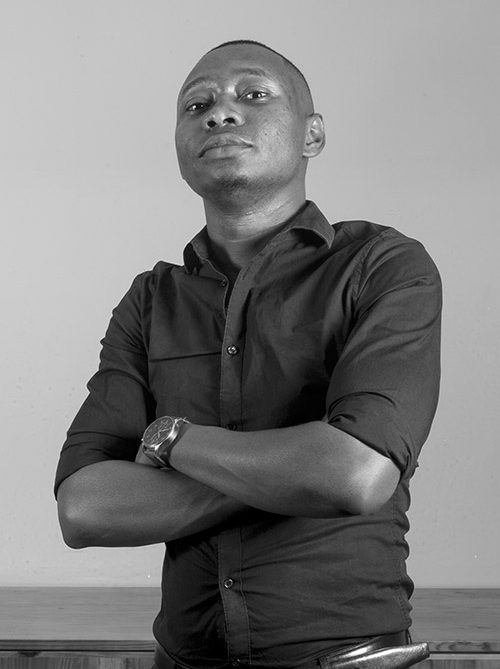
GIBSON MITI
SENIOR ACCOUNTANT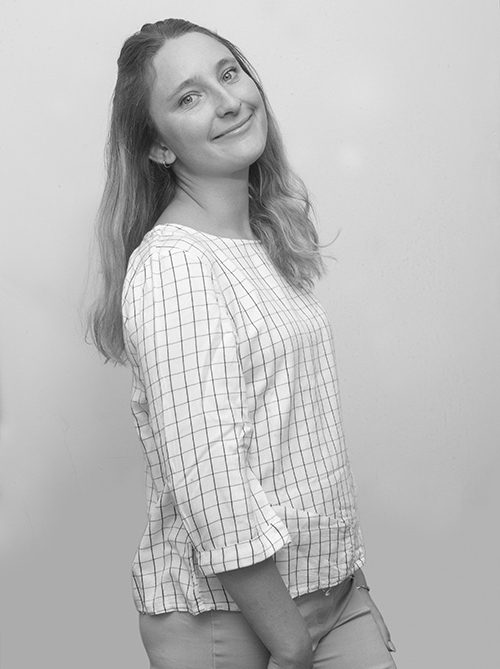
LOUISE MACDONALD
BRAND DEVELOPMENT
FRANCIS BANDA
SENIOR GRAPHIC DESIGNER
JABULANI KUMALO
SENIOR GRAPHIC DESIGNER
WEZI SIMFUKWE
GRAPHIC DESIGNER / VIDEO EDITOR
KIERON PANTELI
GRAPHIC DESIGNER
MABLE SICHONE-SINKALA
BACK OFFICE MANAGER
MULENGA MWANSA
MEDIA & OPERATIONAL PURCHASING MANAGER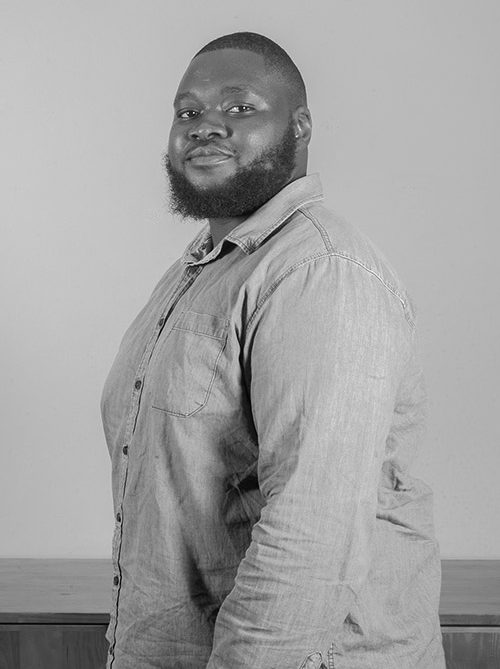
MOFYA CHAMBULA
JUNIOR SOCIAL MEDIA ASSISTANT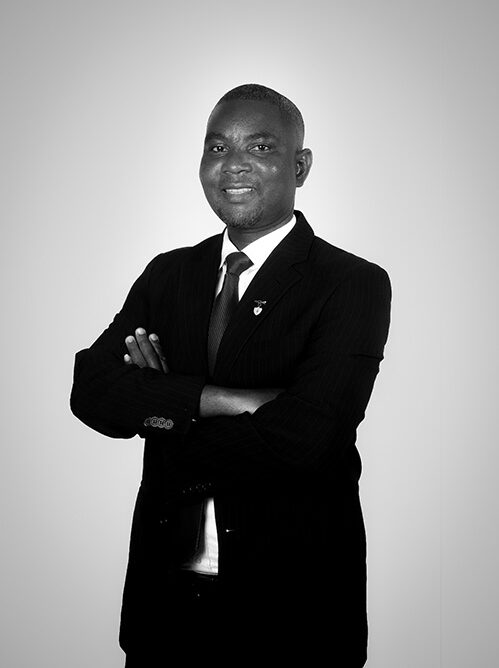
JOSEPH BWALYA MWENYA
AUDIO PRODUCTION SPECIALIST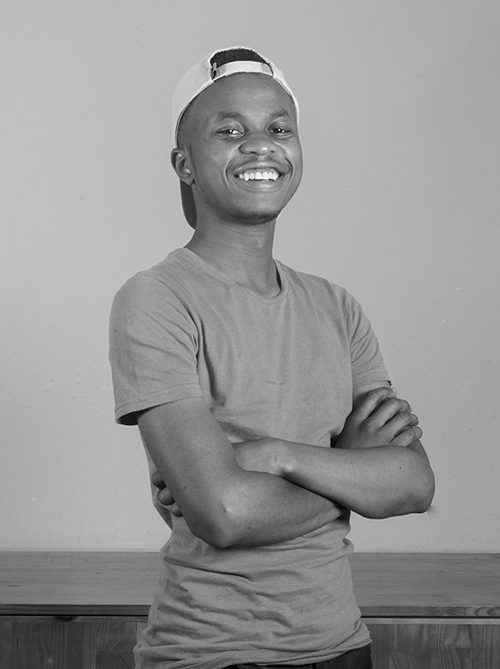
RAYMOND KATEULE
JUNIOR GRAPHIC DESIGNER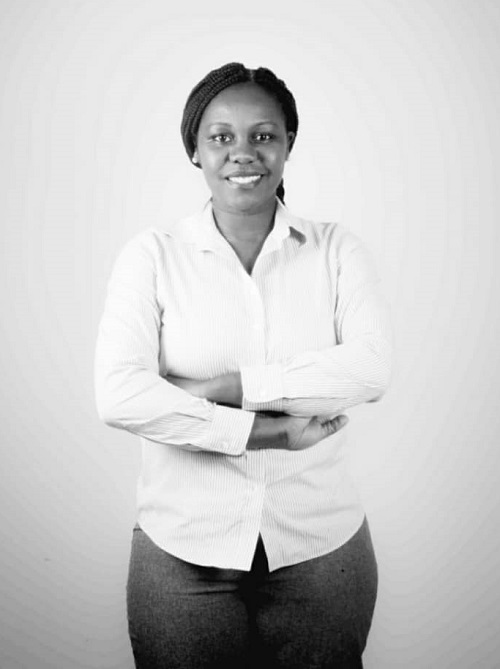
CHANIKA NKWETO-LOPA
TRAFFIC AND PROCUREMENT MANAGER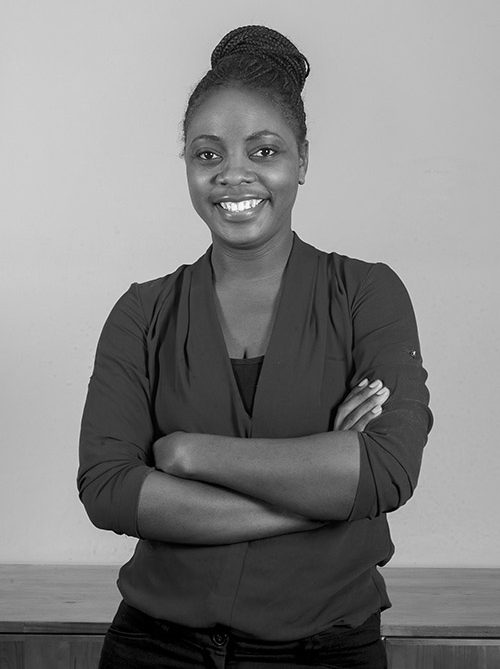
PRICILLA KANGWA
MEDIA ASSISTANT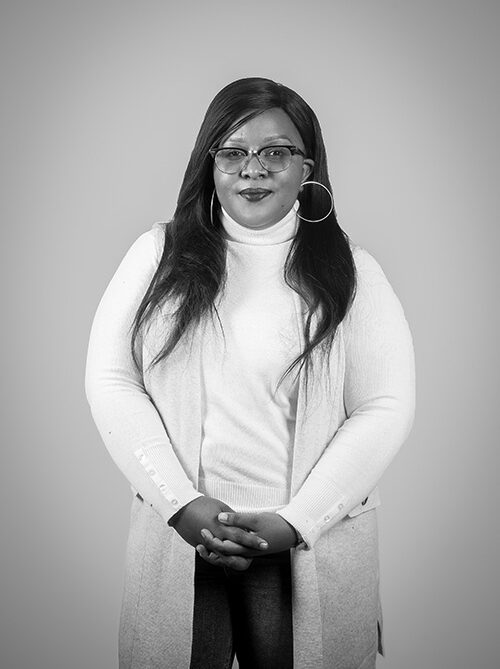
FELIZE KAPAMBWE
SOCIAL MEDIA EXECUTIVE
TIYAMIKE BANDA
JUNIOR CLIENT SERVICE EXECUTIVE
BRIAN MUMBA MWANABEENE
SOCIAL MEDIA EXECUTIVEOur Portfolio
Our Community
Contact Us
+260 211 258569
hello@adlabmccann.com
4 on Bishops Office Block, Bishops Road Kabulonga Lusaka

